Pistol Squat: Benefits, Muscles Worked, and More
Few bodyweight exercises compare to the pistol squat in terms of effectiveness and challenge. For those who can perform it correctly, unparalleled muscular hypertrophy and skill development await.
Below, we will discuss what makes the pistol squat such a defining exercise, the benefits it offers, and a few common mistakes that you might be making.
What is a Pistol Squat?
The pistol squat is a closed chain compound unilateral exercise primarily performed with bodyweight resistance alone. They are named as such because of the pistol-like shape the body forms during the exercise as it is viewed from the side.
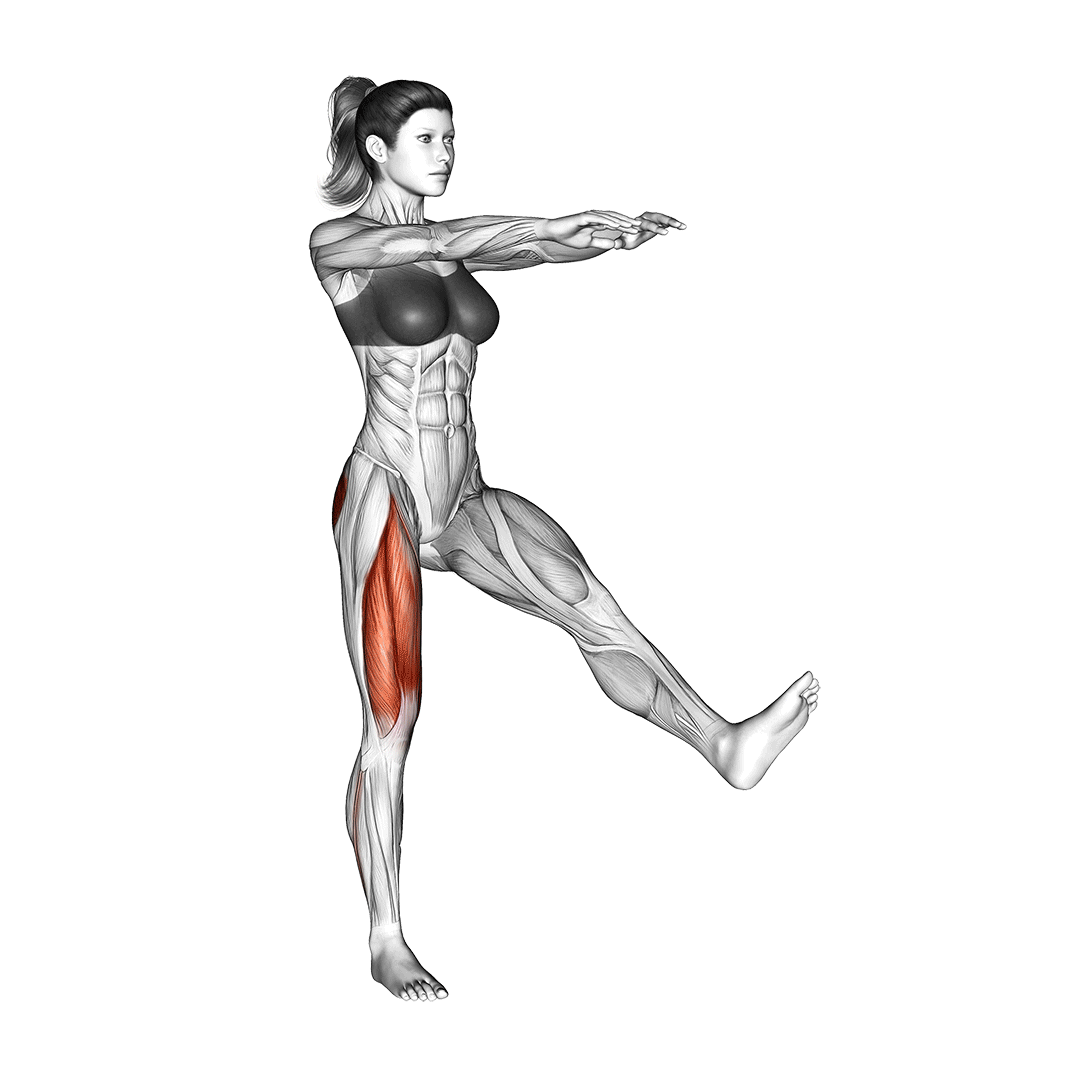
During a repetition of the pistol squat, the performer will squat to parallel depth using only one leg, as the opposite leg will be lifted clear off the ground.
When included into a calisthenics training program, it will often serve as the primary source of lower body training stimulus within the workout.
Pistol squats are considered to be quite difficult to perform, even for individuals with well-trained lower body musculature. In addition to gross leg strength, a well-practiced sense of balance and coordination is also required.
Are Pistol Squats the Right Exercise for You?
If you are capable of performing pistol squats for moderate volume and prefer calisthenics over weighted exercises, then yes. Few bodyweight movements develop the lower body to the same extent as pistol squats.
However, pistol squats may not be ideal if you are inexperienced with bodyweight exercises. This also holds true for individuals that prefer the sort of development that machines or free weights can provide.
Note that if you have difficulty balancing on one leg or have a history of injury in the knees, ankles or hips, prior approval from a physician is advisable.
How to do a Pistol Squat
To perform a repetition of the pistol squat, the athlete will stand upright with their feet set hip-width apart, head aligned with the spine and the arms loose at the sides.
Beginning the repetition, the athlete will raise one foot off the ground, extending it forwards as they straighten the knee of the same leg outwards.
With the one leg extended away from the body, the athlete will then bend the opposite leg at the knee and hip, ensuring that they are properly balanced by extending their arms as needed.
Once the standing leg’s thigh is parallel to the floor, the athlete will push through their heel and raise themselves back upwards.
At this point, the repetition is considered to be complete.
Don’t forget to repeat the same action with the opposite leg as well.
Form Tips:
Throughout the entire repetition, one leg should remain fully extended forwards. At no point should it come into contact with the floor, as this would defeat the purpose of the exercise.
In addition, raising the arms forward can further help with maintaining balance. Some individuals may find that gripping the foot of the extended leg also helps, although this can compromise proper torso angle.
What Muscles Do Pistol Squats Work?
Pistol squats are a compound exercise, meaning multiple muscles are used to move the necessary joints.
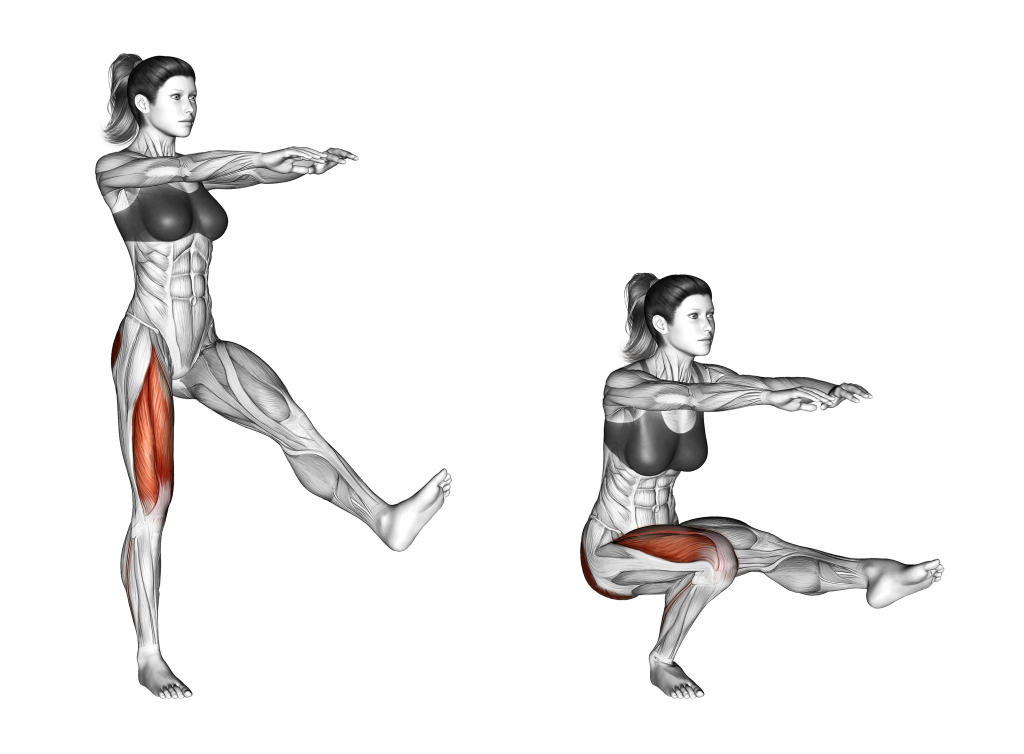
These are separated according to whether the contraction is static or dynamic, named “stabilizers” and “movers” respectively.
Primary and Secondary Mover Muscles
During a pistol squat repetition, the quadriceps, hamstrings and glutes are the main sources of force.
These are the largest muscle groups in the lower body, and it is the quadriceps in particular that is emphasized the most by pistol squats.
Stabilizer Muscles
Apart from the secondary and primary movers, a repetition of pistol squats will also isometrically contract the core and the erector spinae.
What are the Benefits of Doing Pistol Squats?
Pistol squats are as beneficial as they are difficult. When performed correctly, the pistol squat offers the following four main benefits.
Excellent for Building Lower Body Strength and Mass
The pistol squat is considerably effective at inducing both mass and strength developments in the lower body. The fact that the athlete’s entire weight is shifted to only one leg creates significant training intensity, and is quite difficult to achieve with other forms of bodyweight exercise.
For the best lower body growth from pistol squats, ensure that your recovery and diet are optimized alongside your training.
Athletic Skill Carryover and Balance Improvements
Pistol squats are more than just an exercise in brute strength.
Because of the precarious and difficult movement pattern involved, regularly performing pistol squats will enhance the performer’s balance, bodily awareness and other skills needed by athletes.
Even for individuals who do not participate in athletic activities, the sort of skills developed by pistol squats will only benefit their bodily capabilities.
Reinforces Lower Body Joints and Biomechanics
Whether due to age, a sedentary lifestyle or other factors - the joints of the lower body and their ensuring biomechanical functions often degrade over time.
Pistol squats help counteract this by reinforcing the connective tissue therein, as well as teaching the athlete how to better make use of their joints.
The most obvious way this is achieved is through greater mobility and stability of the knees, hips and ankles. In addition, biological processes such as tissue realignment and osteogenesis are also stimulated by the mechanical stresses of the pistol squat.
Of course, prior to performing any type of exercise, ensure that your body is stable and durable enough to withstand the pressures that take place during the exercise.
Corrects Imbalances and Teaches Unilateral Movement
Because the pistol squat is performed unilaterally (with one side), the athlete is forced to only train the muscles of a single leg at a time. This helps correct muscular imbalances that may be present, as each side works independently of the other.
Even for those with no muscular imbalances present - the pistol squat can be an effective tool for teaching the athlete how to use their legs unilaterally.
With one side emphasized at a time, the performer will be allowed to truly focus on contracting one set of muscles.
Common Pistol Squat Mistakes You May be Making
The following mistakes are quite common in pistol squat execution, and should generally be corrected for a more effective workout.
Insufficient Range of Motion or Depth
In order to properly recruit the posterior chain musculature, it is important for the athlete to ensure they reach parallel depth with each repetition.
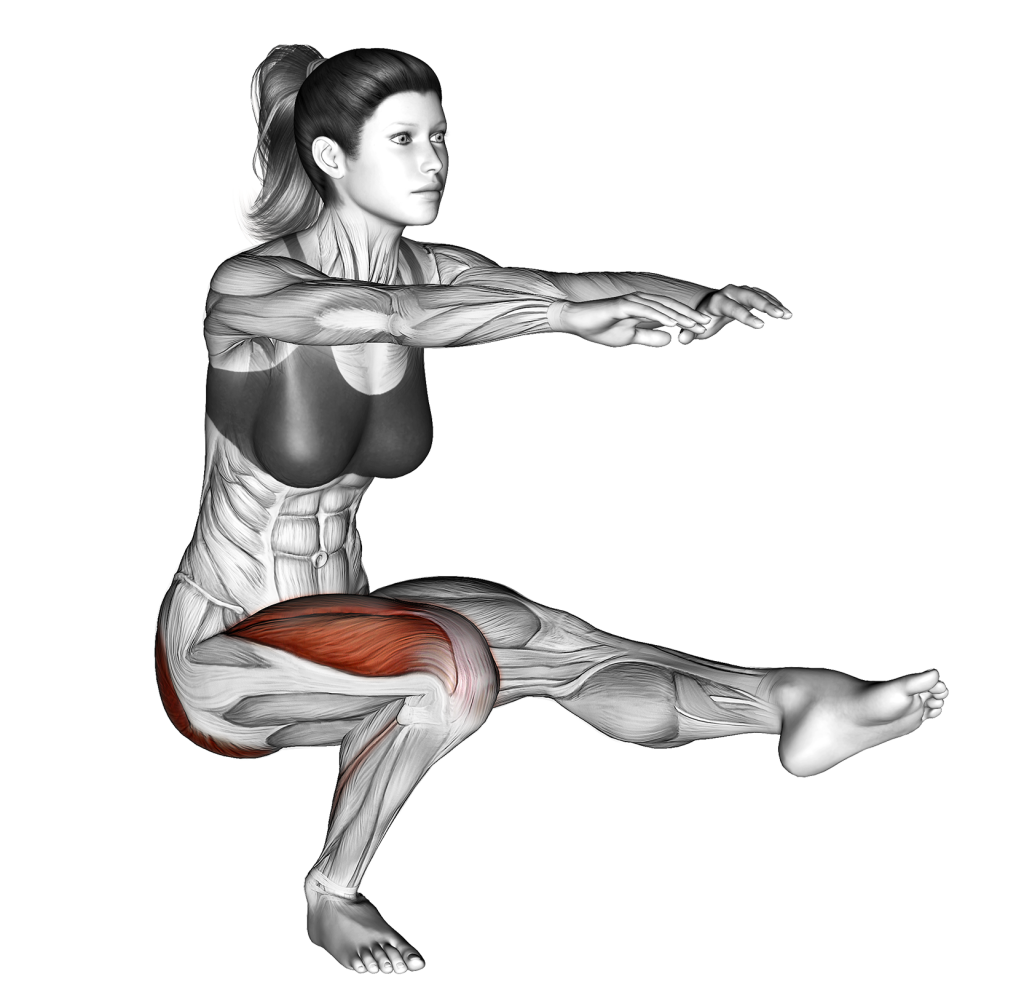
Being unable to do so could indicate poor mobility of the lower body, or that the athlete isn’t quite ready to perform a full pistol squat just yet.
In either case, further preparation is needed. Adding further mobility work that emphasizes the posterior chain and hips, or otherwise performing pistol squat progression exercises will alleviate the problem.
Raising the Heel Off the Floor
Just as with other squat variations, allowing the weight of the body to roll towards the forefoot or toes can easily disbalance the entire movement.

Such a mistake is especially a problem with pistol squats, as it is likely the performer will tip forward if they shift away from the heel.
If the athlete’s heel consistently raises off the ground as they reach the depth of their pistol squat, it could be due to poor ankle mobility. Further ankle mobility drills will be needed.
Tucking the Chin, Rounding the Shoulders or Otherwise Misaligning the Spine
In order to ensure proper breathing takes place and the body is properly balanced, the spine must be aligned correctly. This includes the cervical spine, meaning that the head should be aligned with the body and the shoulders in a neutral position.
Furthermore, the core must remain contracted and the lower back in a neutral orientation so as to better hinge at the hips.
Pistol Squat Alternatives
If you can’t quite pull off a pistol squat yet - or just want a similar alternative - try the following exercises out.
Split Squats
Split squats are a similar unilateral calisthenics exercise with a lower barrier of entry to the pistol squat.
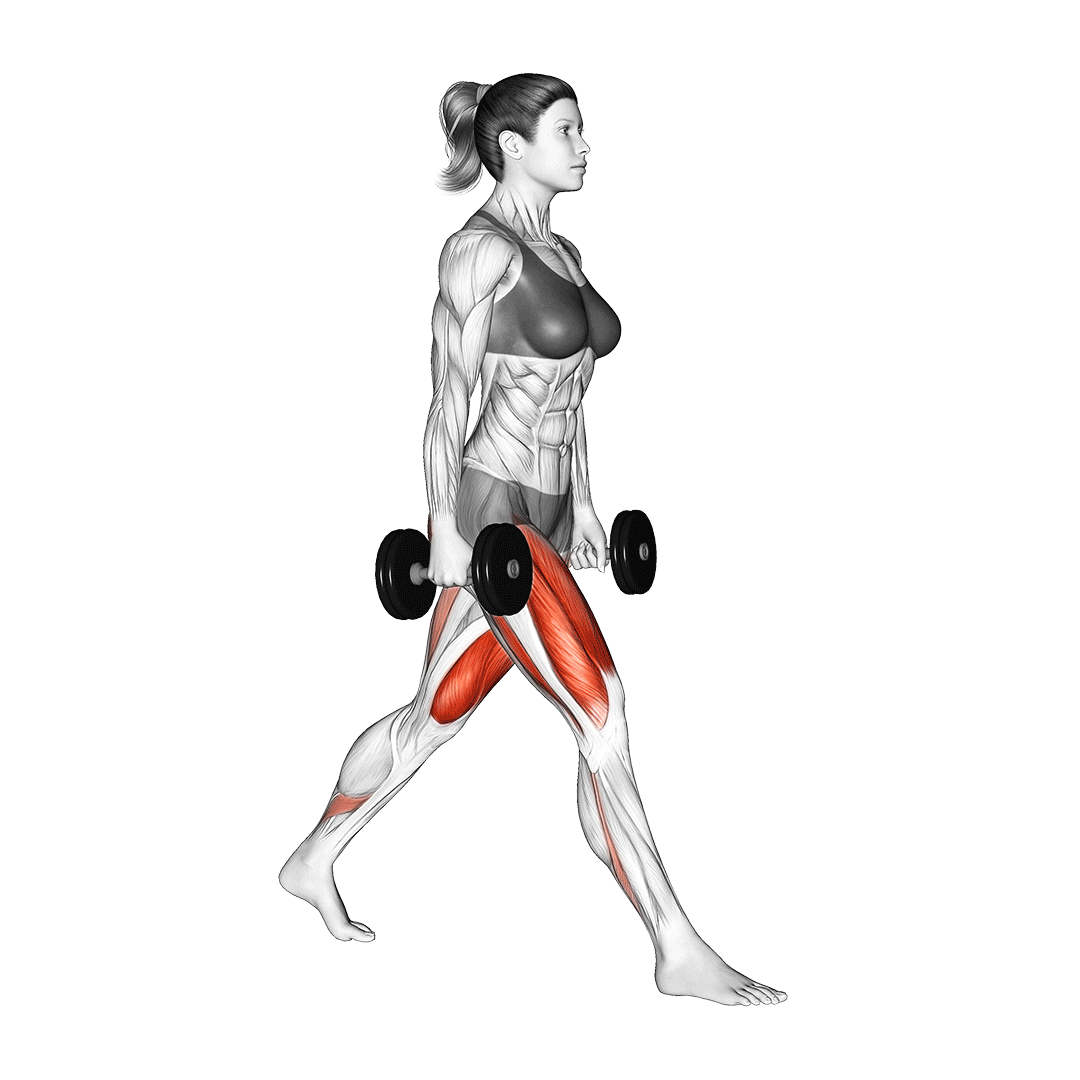
Unlike pistol squats, one leg is kept behind the body but nonetheless firmly supported by a bench or the floor.
With how similar the split squat is in form, using it as a substitute allows for a similar recruitment pattern and set of mechanics. All while eliminating the need for a well-developed sense of balance and coordination.
Lunges
Lunges are yet another unilateral bodyweight movement performed to train the muscles of the lower body.
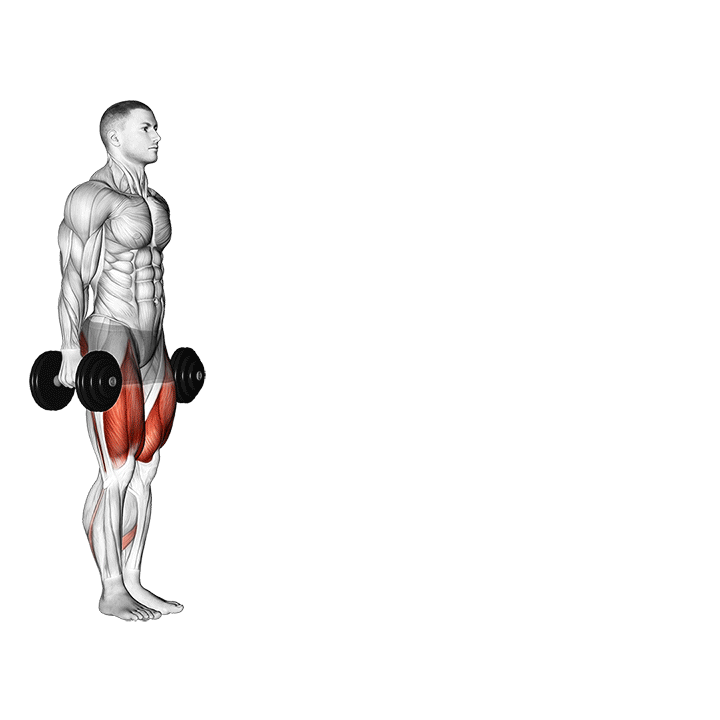
In comparison to pistol squats, they are considerably easier, and will not challenge the performer’s sense of balance - or even require significant lower body strength.
This makes them perfect for acting as a progression exercise or as an easier alternative to the pistol squat.
Counterweight Pistol Squats
If you’ve already built up enough strength to do pistol squats but can’t quite get the balance right, performing the exercise with a heavy object held in both hands can help. This object (usually a dumbbell or kettlebell) will act as a counterweight to the body, helping you balance despite being on only one leg.
Of course, this also means the exercise will be heavier than with bodyweight alone.
Weightlifters who can already squat far more than their own weight may find this to be the perfect alternative if they have trouble balancing.
Frequently Asked Questions (FAQ)
What are Pistol Squats Good for?
Pistol squats are excellent for building up the muscles of the lower body. In addition, they also develop your sense of balance and coordination.
Why is the Pistol Squat so Hard?
The pistol squat involves carrying the entirety of your body’s weight on only one leg. That, combined with the difficulty balancing through a full squatting motion equates to a truly challenging exercise.
If the pistol squat is too hard for you, try performing a few progression exercises to build up the necessary strength first.
Can the Average Person do a Pistol Squat?
While there are no actual statistics on pistol squat standards, it's safe to say that the average individual will not be able to perform pistol squats.
The pistol squat involves leveraging your entire body weight on one leg alone, and requires not only significant physical strength, but also a honed sense of balance.
A Few Reminders
The pistol squat is a truly quintessential tool in any bodyweight athlete's arsenal. Not only does it build the quads, glutes and hamstrings - but also less obvious physical aspects, like mobility and proprioception.
However, keep in mind that it isn’t the only exercise of its kind. Other exercises like the sissy squat or Bulgarian split squat offer different advantages over the pistol squat, and are worthwhile considerations as well.
Remember to ensure you’re properly balanced when performing the pistol squat, and that you’re following proper form to the letter.
References
1. Richards J, Thewlis D, Selfe J, Cunningham A, Hayes C. A biomechanical investigation of a single-limb squat: implications for lower extremity rehabilitation exercise. J Athl Train. 2008 Sep-Oct;43(5):477-82. doi: 10.4085/1062-6050-43.5.477. PMID: 18833310; PMCID: PMC2547867.
2. Nakagawa TH, Moriya ET, Maciel CD, Serrao FV. Trunk, pelvis, hip, and knee kinematics, hip strength, and gluteal muscle activation during a single-leg squat in males and females with and without patellofemoral pain syndrome. J Orthop Sports Phys Ther. 2012;42(6):491–501.

